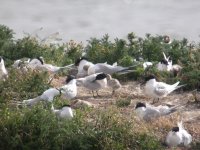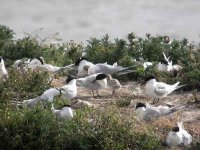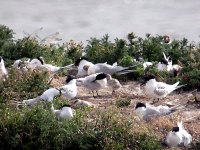christineredgate
Winner of the Copeland Wildlife Photographer of th
Just lately all my digiscope pics seem very wishy washy,perhaps over exposed could be the term to use.I may have inadvertently altered the settings,although I have checked them.I enclose a pic which has not been altered in any way,only re sized.Has anyone any idea where I am going wrong.They used to be quite sharp in colour,but just lately not very good at all.
Thanks,
Thanks,







